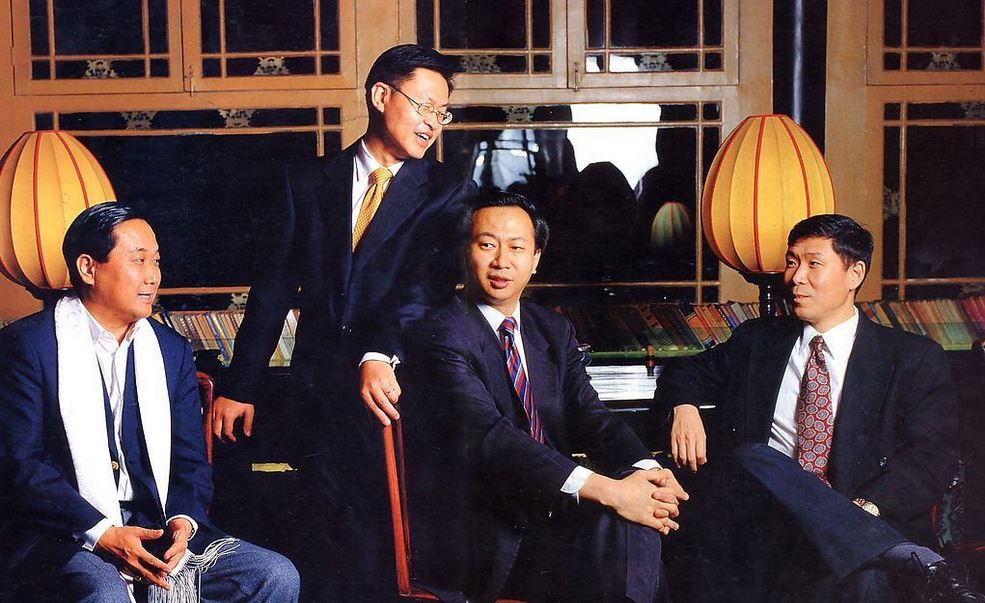When life insurance was first introduced to China, it clashed with Chinese culture. The topic of an early death is a taboo subject thus marketing coverage for a premature death was initially extremely difficult. The first transnational life insurance company in the PRC was the American International Assurance Company, Ltd. (AIA) Introduced in 1992, AIA failed to penetrate the Chinese market despite aggressive marketing strategies and a lack of competition in the industry. In the early years of foreign investment in the Chinese life insurance market, many players saw Chinese culture as a bigger obstacle than even the Chinese bureaucracy.
Current life insurance market
In 2011, China Life, China Pacific Insurance, and Ping An Insurance dominated the market while controlling over half of the total revenue in the industry. Unfortunately for Chinese consumers, this high concentration in the market has limited innovation in life insurance products and diminished these company’s need to offer high quality service. This year, China’s domestic life insurers, who normally dominate the industry, are struggling as cash flows are expected to decrease due to an increase in contract cancellations and a massive increase in maturing policies. China Life Insurance Co.’s surrenders more than doubled, amounting to 20.1 billion yuan in the first quarter of 2013. Many customers are realizing that there are more lucrative investments such as wealth-management products offered by Chinese banks.
An opportunity for foreign life insurance policies
Although many Chinese citizens are beginning to surrender their life insurance contracts, the Chinese upper class has no intention to follow. Instead, they are keying in on foreign life insurance policies, investing in megapolicies ranging from $10 million to $100 million. Although large life insurance policies are expensive and yield modest returns, it gives the Chinese upper class a safety net to offset some of the riskier investments they make. For example, if a company fails, owners are often responsible for payments, but life insurance policies are protected from liquidation.
Offshore insurance policies also offer higher returns due to the cap the Chinese government put on domestic companies to preserve their positive margins. Offshore companies can offer up to 4% compared to the 2.5% returns offered by mainland companies. As a result, customers of mainland companies pay about 48% more in premiums for the same coverage compared to their counterparts in Hong Kong. Additionally, offshore banks allow customers to borrow against policies offshores because they have higher liquidity than other investments.
Despite this growth in offshore policies purchased in China, they also have a downside that may limit some Chinese businesspeople from purchasing their products. To purchase megapolicies, customers must pass a medical examination, but few Chinese business people can pass these tests without red flags. As a result, Chinese businesspeople tend to overpay by 7-10% compared to customers in Singapore or Taiwan.
Sources:
World Financial Review





